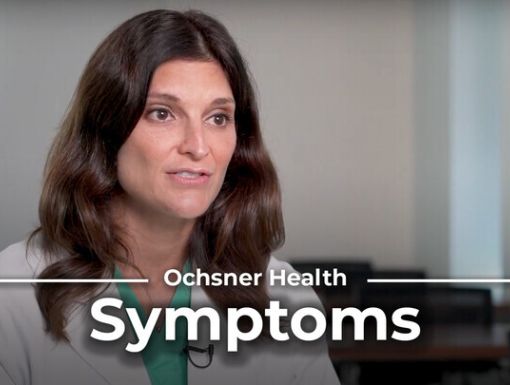
Dysthymia (Persistent Depressive Disorder) Versus Major Depression
A gloomy state of mind is a symptom of both dysthymia and major depressive disorder, two behavioral conditions that are often mistaken for one another.
In some ways, the two disorders overlap. And their names, acronyms and common symptoms can add to the confusion.
Dysthymia is also referred to as persistent depressive disorder, or PDD. Major depressive disorder goes by the acronym MDD.
Distinguishing PPD from MDD
Most of us feel a little melancholy from time to time. If the down days are few and don’t significantly interfere with daily activities, chances are the temporary attitude blip is not a sign of a disorder.
However, if you have the blues for an extended period or if your symptoms are severe, you may be diagnosed with either persistent depressive disorder (PDD) or major depressive disorder (MDD).
In essence, these two conditions are distinguished by timing and severity of symptoms.
PDD is characterized by long-lasting, low-level depression. It is not as severe as MDD, although the two can have similar symptoms.
Those symptoms include:
- Low self-esteem
- Changes in appetite
- Reduced energy levels
- Cognitive challenges
- Hopeless feelings
- Problems sleeping
- Feelings of disconnection
A diagnosis of persistent depressive disorder (PDD) requires having experienced a combination of depressive symptoms for two years or more, according to the National Institute of Mental Health. About 2.5% of adults in the United States experience PDD in their lifetimes.
MDD, often referred to as clinical depression, often occurs in episodes that can last several weeks or months. It is one of the most common mental health conditions.
An estimated 21 million adults in the United States had at least one major depressive episode. That’s roughly 8.3% of all U.S. adults, the National Institute of Mental Health reports.
With MDD, a person experiences a complete loss of interest in normal activities and relationships. Things that they once enjoyed are no longer pleasurable. Feelings of worthlessness or guilt abound almost every day. One can be diagnosed with MDD if severe symptoms persist for at least two weeks.
Risk factors, diagnosis and treatment
Both PDD and MDD are likely caused by a mix of biological, psychological and social sources of distress.
Heredity is a factor. People are more likely to experience depression if a close family member has the condition.
Trauma, such as the death of a loved one, childhood emotional and physical neglect or financial problems, can also trigger depression.
There are no lab tests to diagnose either MDD or PDD. However, a doctor may order tests to make sure low mood, tiredness and other symptoms are not being caused by a physical condition.
Patients may be referred to a psychiatrist of psychologist if a form of depression is suspected. These experts will ask questions that will delve into the patient’s symptoms and background to form an accurate diagnosis of the type of depression a patient is experiencing, which is critical to deciding the best treatment option.
The most common treatment methods for both MDD and PDDs are medication in the form of anti-depressants, talk therapy, or a combination of the two. Anti-depressants help rebalance the natural chemicals in the brain, while talk therapy can teach patients how to identify and prevent harmful thoughts from causing emotional distress.
Whether you’re experiencing PDD, MDD, or any other type of depression, it’s important to know that these are real and serious conditions that can significantly impact one’s quality of life and overall health. Don’t be shy about talking with your doctor or a mental health professional.
With a proper diagnosis and treatment plan, most people can overcome depression or at least learn to cope with their symptoms.
Learn more about Nicholas Bologna, PA-C



